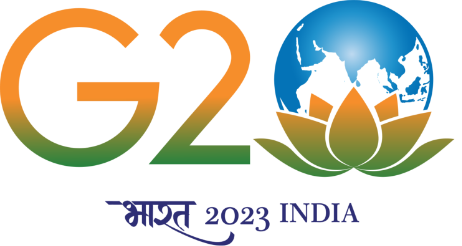Seminar-II : Probabilistic Seismic Hazard of India
Date20th May 2022
Time02:00 PM
Venue Google Meet
PAST EVENT
Details
The focus of earthquake engineering is to ensure a desired level of performance that the structure can withstand during a given level of ground shaking. However, there is a great deal of uncertainty about the location, size, and resulting shaking intensity of future earthquakes. Probabilistic Seismic Hazard Analysis (PSHA) is one of the methods, where an explicit description of the distribution of future shaking that may occur at a site by combining all the possible uncertainties are incorporated. With the advances in knowledge, geological and tectonic information, and availability of a more comprehensive database of earthquakes, one might expect current seismic hazard maps to look very different from the first probabilistic seismic hazard maps produced decades ago. Hence, it is interesting to examine the extent to which the advances have influenced seismic zoning in India. The present study aims at developing a new probabilistic seismic hazard map for India and adjoined regions valid at B Type soil class. The PGA distribution shows that the highest hazard is in the Himalaya and Northeast India. The lower hazard values are observed in Central India and the Southern peninsular region. Also a preliminary study on hazard consistent vertical response spectra is carried out. The current BIS design practice is to use vertical spectral acceleration as 2/3rd of the horizontal spectral acceleration in design and analysis of structures. Here, the 2/3 exceedance is investigated for various time periods and combinations of magnitude and distance from hazard deaggregation. The study also attempts to arrive at a simplified bilinear approximation for displacement hazard response spectra, which is of prime importance in displacement-based design approaches. Apart from response spectra, many parameters that characterize the amplitude, frequency, or duration can be derived from ground motion. However, there is no mention of such studies conducted for India to link with the seismic hazard. In the present study, other ground motion intensity measures such as Arias Intensity (IA) and Cumulative absolute velocity (CAV) hazard maps are also studied. These maps can be used in liquefaction and landslide hazard analysis for the region and form an important basis for design requirements and risk analysis for the region.
Speakers
Ms. Sreejaya K P, Roll No.CE17D401
Civil Engineering

